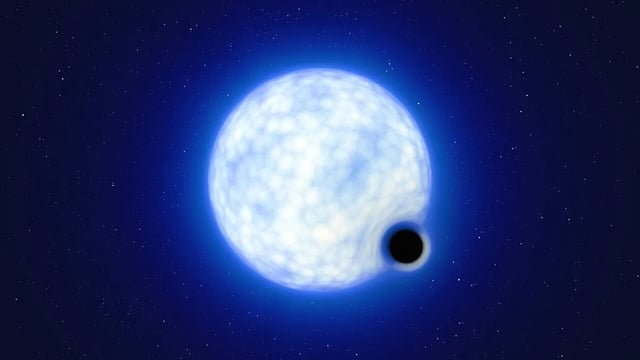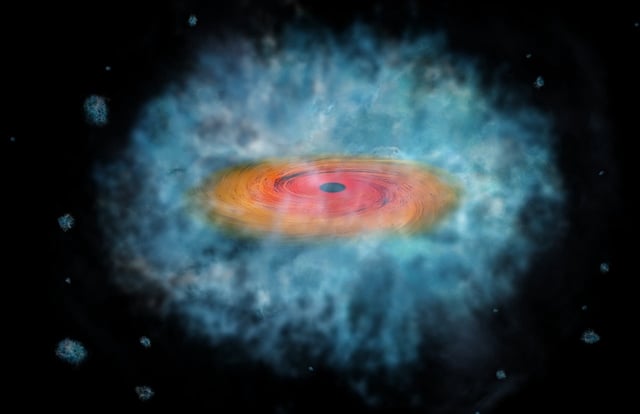Overview
- Scientists studied VFTS 243, a binary system with a massive star and a black hole, to understand the phenomenon of disappearing stars.
- The research suggests that very massive stars can undergo complete collapse due to their gravitational pull, avoiding a supernova explosion.
- Observations showed no signs of a supernova, such as a 'natal kick' or asymmetrical orbit, supporting the theory of a quiet collapse.
- The findings challenge traditional models of stellar evolution and have implications for our understanding of element formation in the universe.
- VFTS 243 serves as a benchmark for future studies on stellar evolution and black hole formation.


